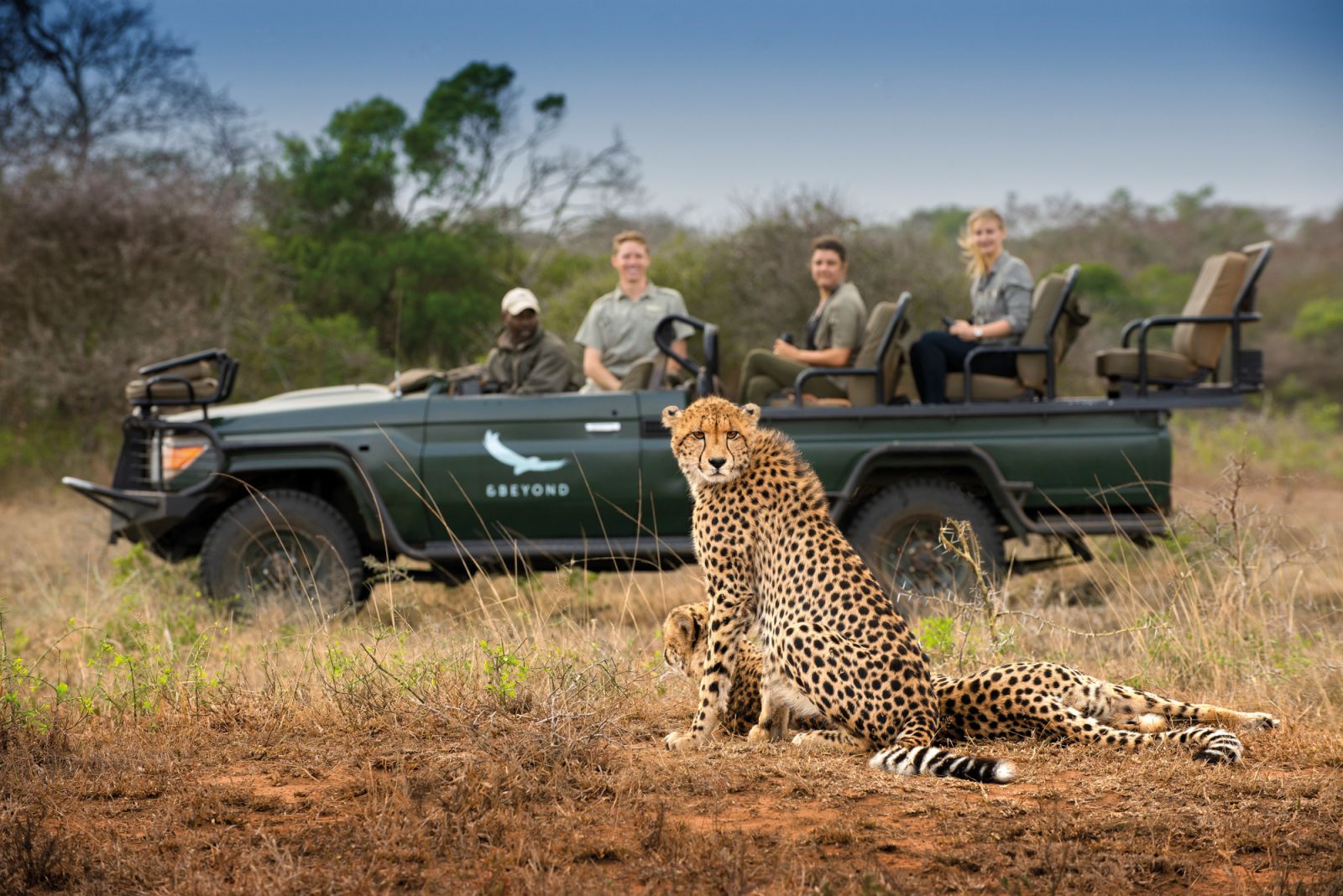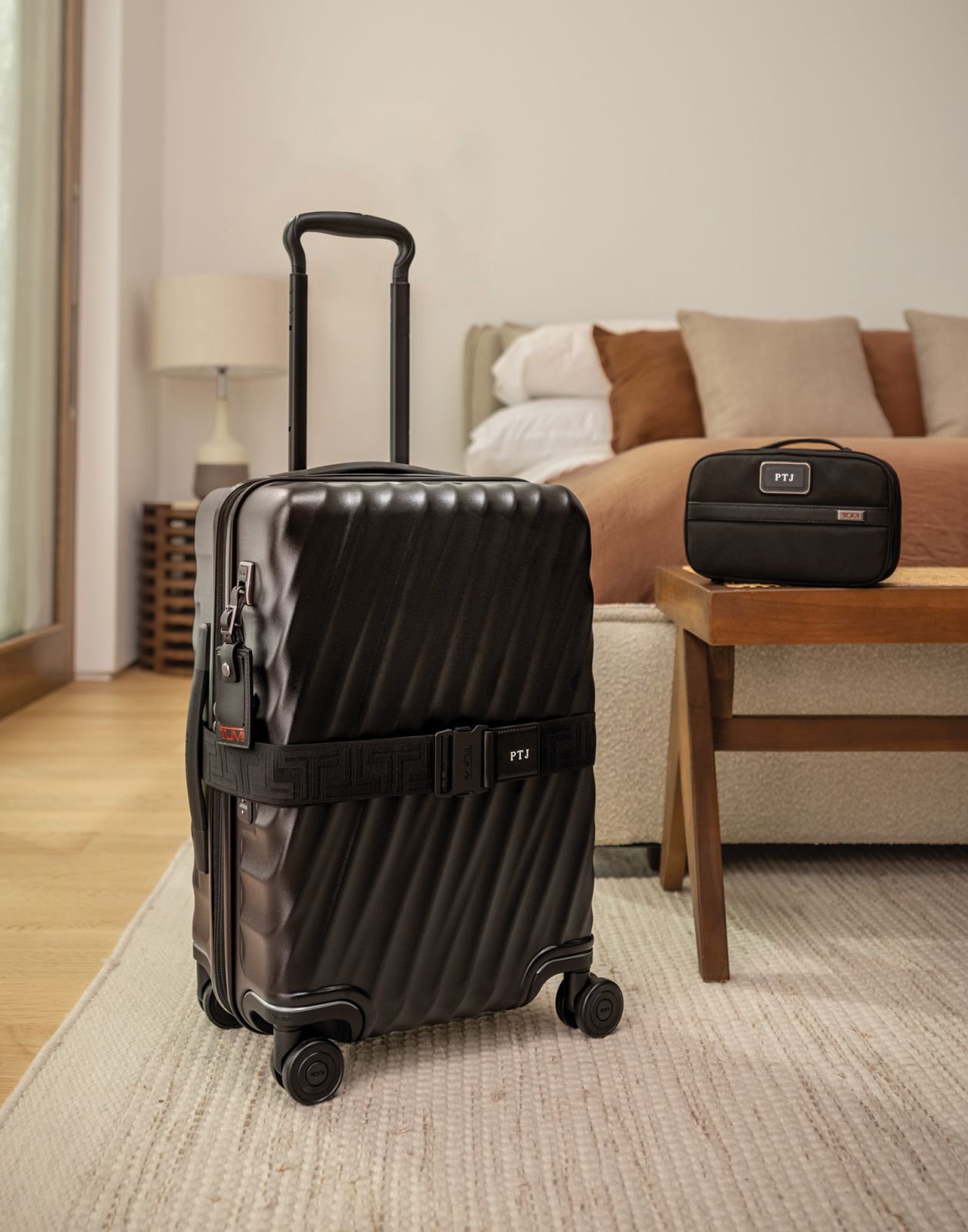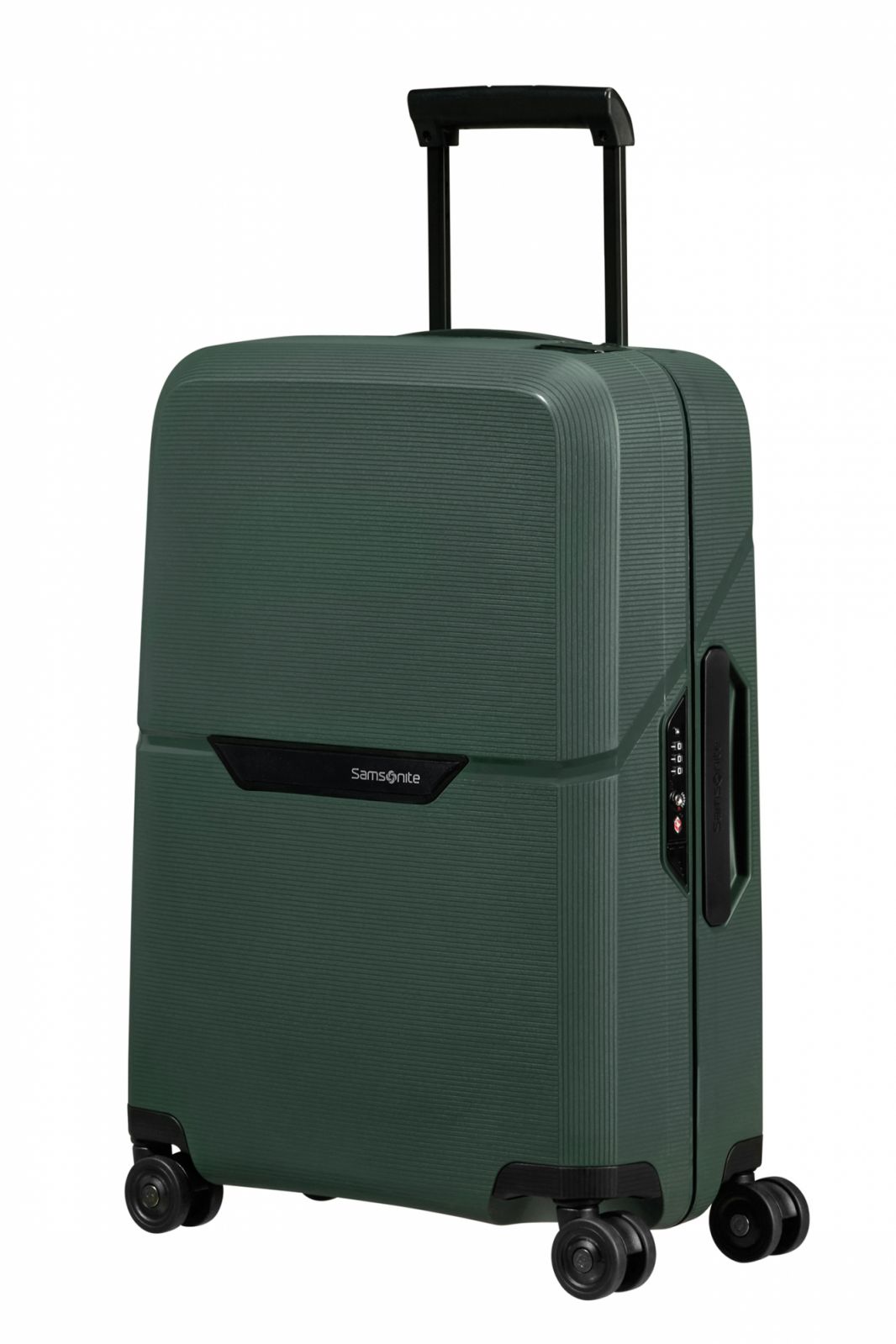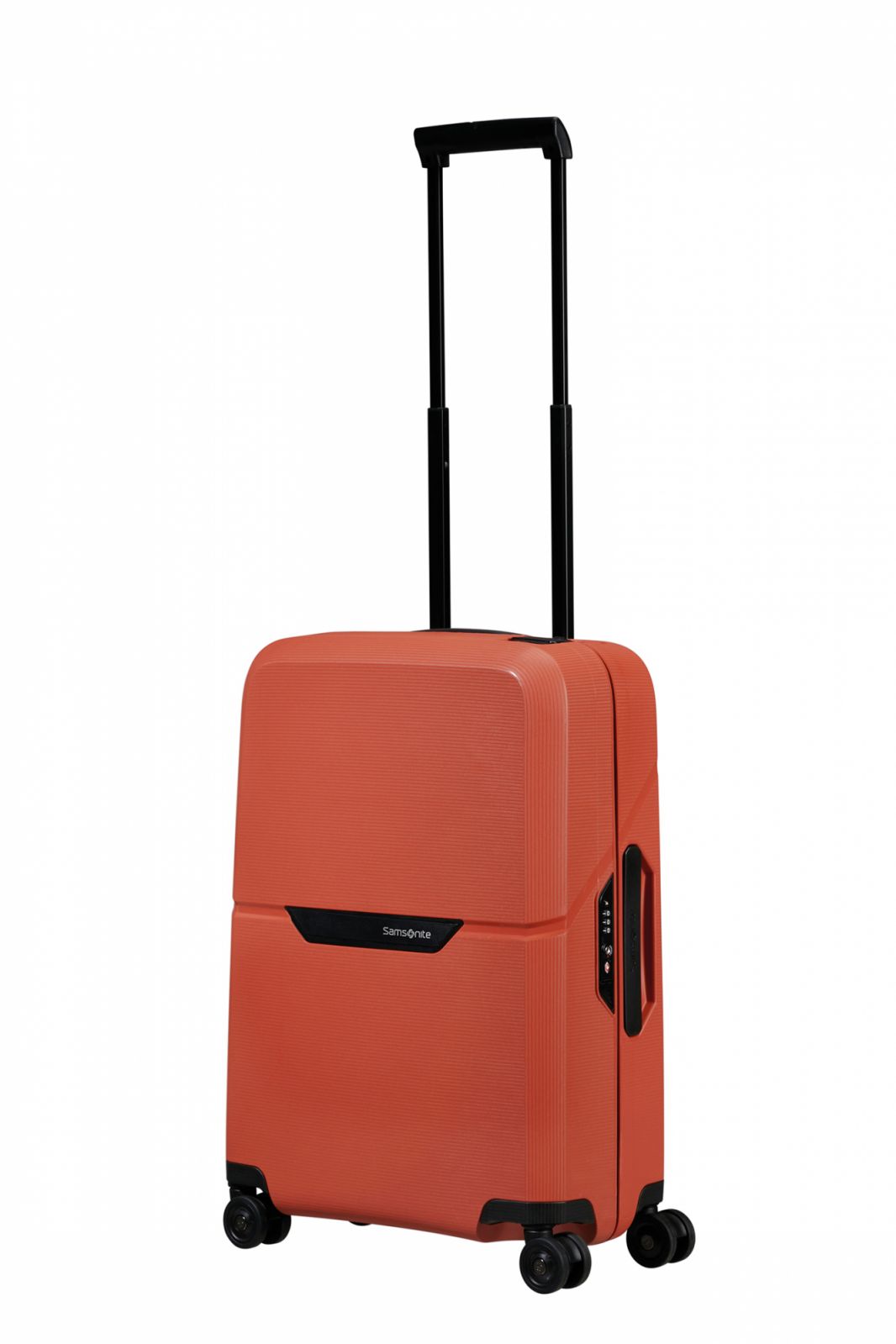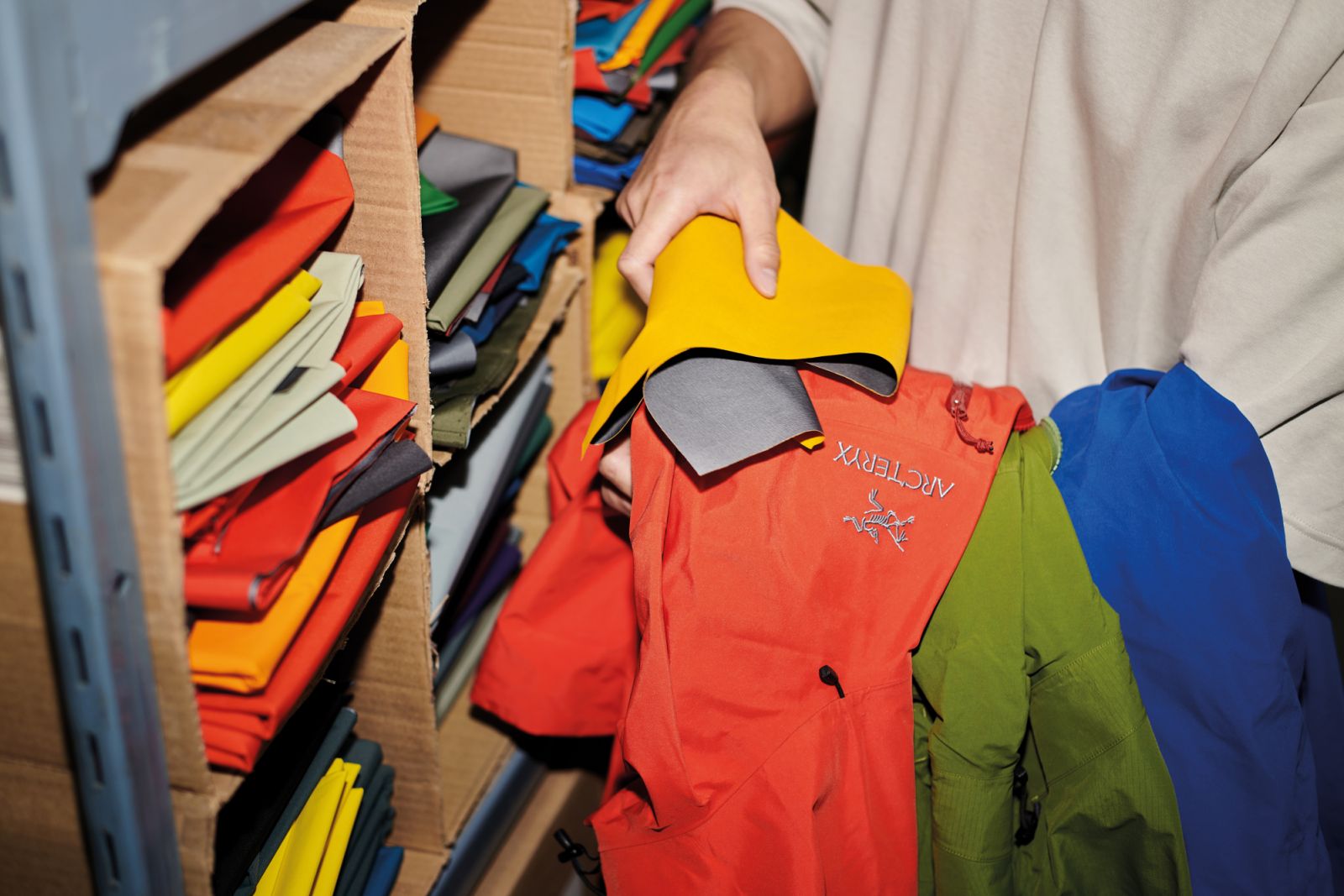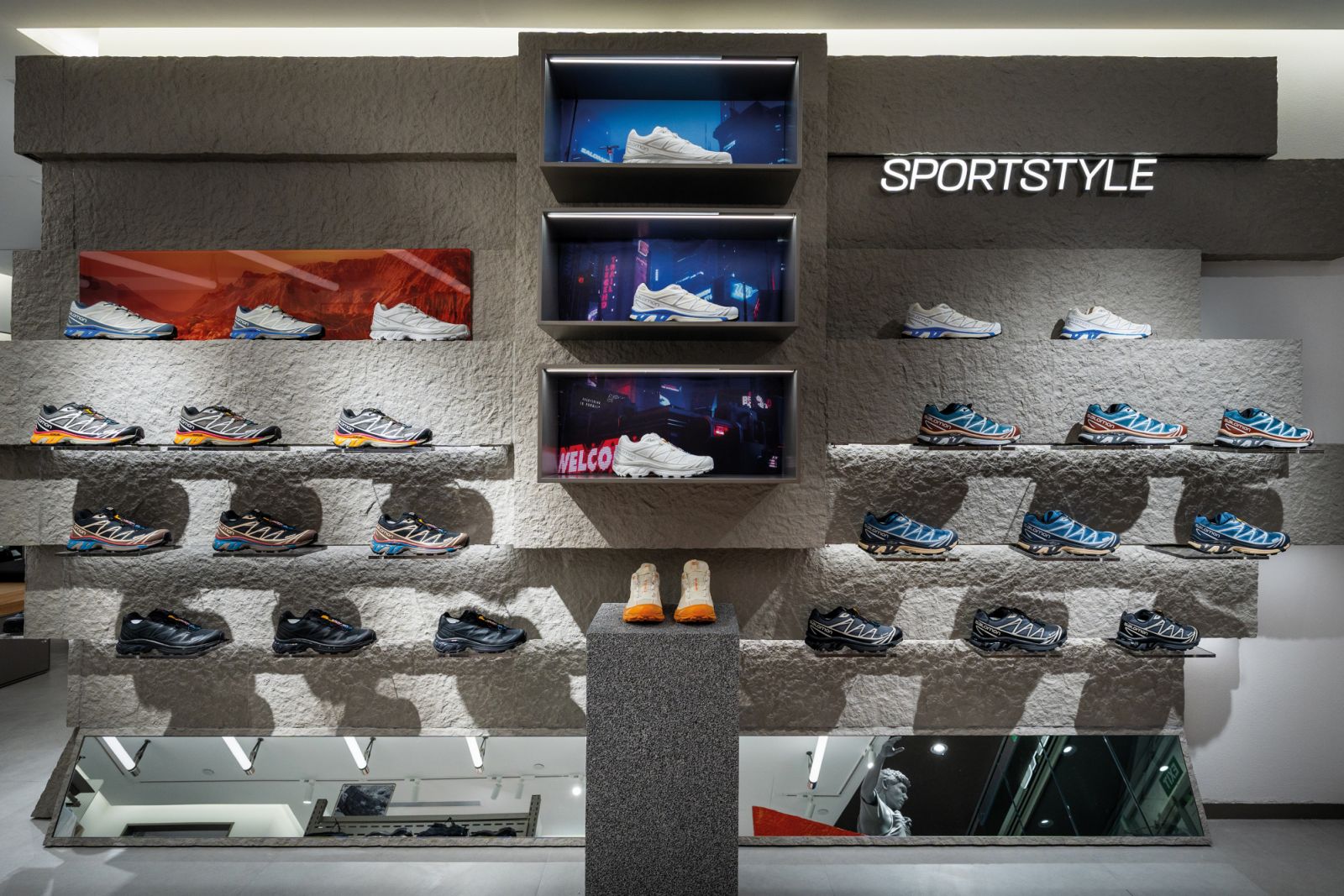The future of luxury travel is constantly evolving as travellers look for memorable and sustainable travel experiences
In an era in which environmental consciousness has become a global imperative, the luxury travel industry is undergoing a profound transformation. Discerning travellers are no longer content with mere opulence. Rather, they seek experiences that align with their values and minimise environmental impact.
This shift has given rise to a new breed of luxury travel brands that are redefining the very essence of indulgence, blending sustainability with travel. Various luxury travel brands are no longer solely focused on exceeding expectations in the realms of comfort and indulgence. Instead, they are recognising the responsibility that comes with showcasing the wonders of the world.
Read more: The importance of travelling sustainably: How and why
At the forefront of this movement are companies that have embraced eco-conscious practices as a core tenet of their operations. They do this without sacrificing comfort or compromising on the unparalleled service that defines luxury travel. Rather, they are helping to define a new standard of excellence—one that prioritises environmental responsibility without sacrificing the essence of a luxurious experience.
As the demand for eco-conscious luxury travel continues to grow, these trailblazing brands are paving the way for a more sustainable future.



